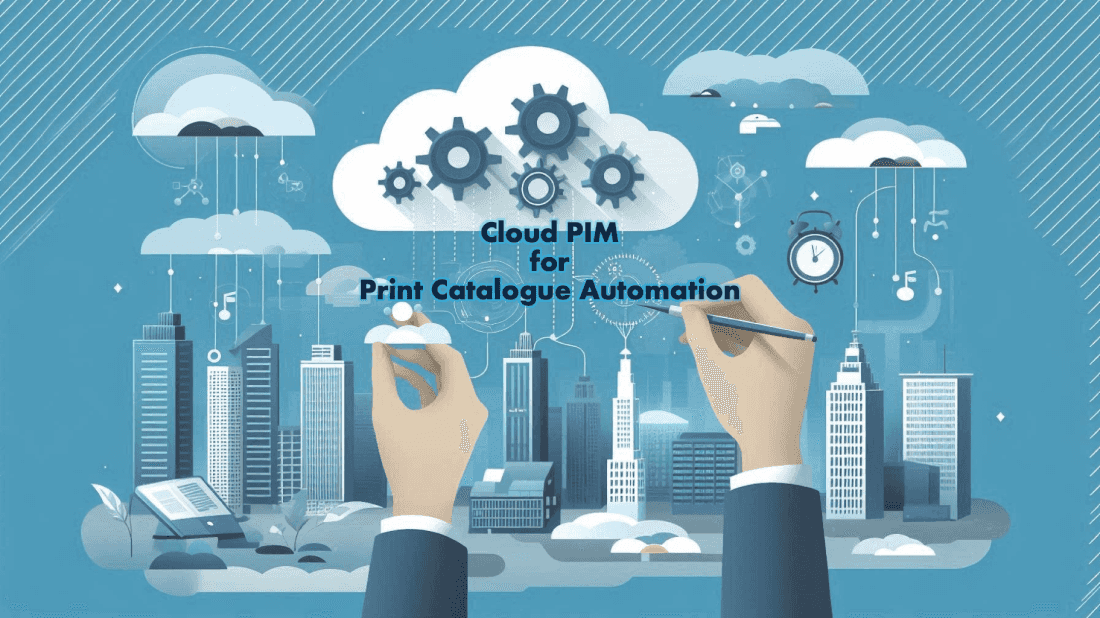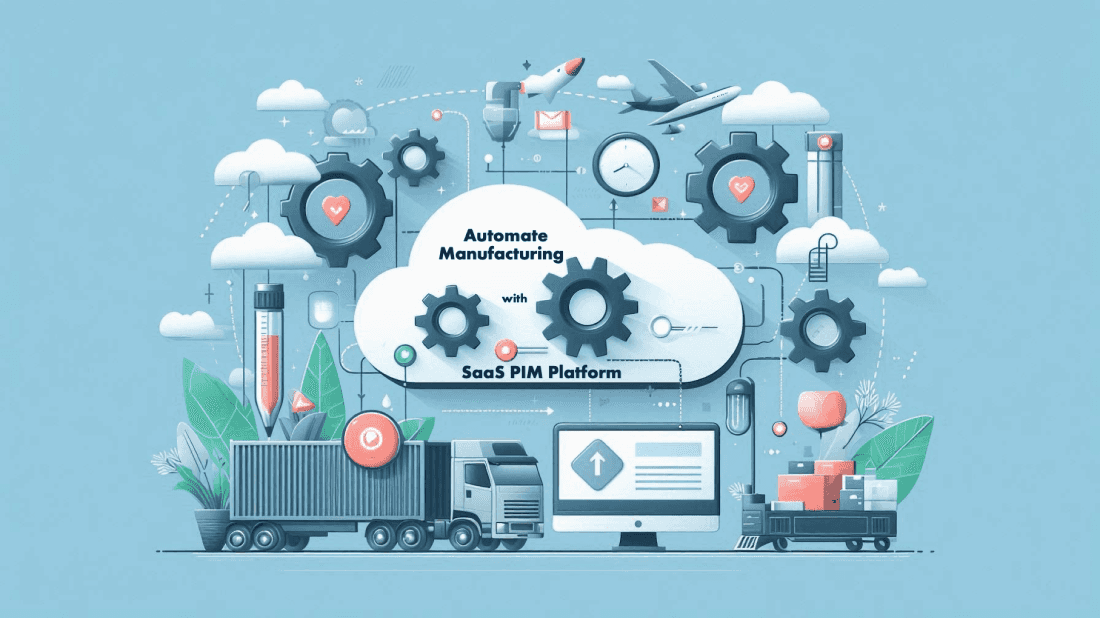May 14th, 2024
Frequently Asked Questions About PIM Systems for B2B Manufacturers
Categories:Product Information Management SystemProduct Information Management (PIM) systems are essential for B2B manufacturers aiming to streamline their operations and manage product data across multiple channels, partners, and distributors.
FAQs About PIM Systems for B2B Manufacturers in 2024
PIM solutions provide a robust way to centralize, enrich, and distribute product data, ensuring consistency and accuracy throughout the supply chain. Here, we address the most frequently asked questions about PIM and explore how these systems can benefit B2B manufacturers in 2024.
Best Practices for Implementing a PIM System
To maximize the benefits of a PIM system, B2B manufacturers should follow these best practices:
- Define Clear Objectives: Establish clear goals for what you want to achieve with your PIM system.
- Engage Stakeholders: Involve all relevant stakeholders in the selection and implementation process to ensure buy-in and alignment.
- Focus on Data Quality: Implement strong data governance practices to ensure the accuracy and consistency of your product data.
- Leverage Advanced Features: Take full advantage of the advanced features offered by your PIM system, such as multi-language support and digital asset management.
- Monitor and Optimize: Continuously monitor the performance of your PIM system and make adjustments as needed to optimize its effectiveness.
PIM Features and Use Cases
PIM systems offer a range of features that are beneficial for B2B manufacturers. These include data import capabilities, cloud PIM options, and PIM SaaS solutions that provide flexibility and scalability. PIM for manufacturers often involves managing extensive product catalogs and ensuring data accuracy across all channels. Enterprise PIM solutions cater to large organizations with complex data needs, while B2B PIM systems are designed to handle the specific requirements of manufacturers managing product information across various partners and distributors.
Some common PIM use cases include:
- Product Launches: Centralizing product data to ensure accurate and consistent information is available across all channels during a product launch.
- Supply Chain Management: Providing up-to-date product information to all supply chain partners, improving coordination and reducing errors.
- Regulatory Compliance: Ensuring that all product data meets regulatory standards, reducing the risk of non-compliance and potential penalties.
Summary of Neurologik ProductHub
At Neurologik.io, we offer the ProductHub solution, an all-in-one PIM, PDM, MDM, and DAM system designed specifically for B2B manufacturers. Our platform centralizes, enriches, and synchronizes product data, ensuring accuracy and consistency across all channels. By significantly reducing integration costs and enhancing operational efficiency, Neurologik.io’s ProductHub helps manufacturers maintain seamless, up-to-date product information, improving market responsiveness and driving business growth.
Request a demo to learn more about the most advanced system for B2B manufacturers.
FAQs
Every step of the customer journey involves two key elements: the customer and your content. This includes promotional messages, specifications, FAQ pages, images, videos, ads, and more. Recognizing this, it becomes clear why product information management is crucial for driving sales and creating an effective customer journey. Today’s customers, including channel partners and distributors, interact with content and seek product information across an ever-increasing number of channels, devices, and contexts. If they don’t find the information they need, they move on. A lack of information about the product, service, or delivery drives many potential partners away.
PIM systems enable companies to manage their product information effectively, ensuring all stakeholders have the information they need at their fingertips. This capability helps businesses meet the challenges of modern commerce, particularly in the B2B sector. By providing consistent product information, PIM systems enhance the overall customer experience and streamline the customer journey.







